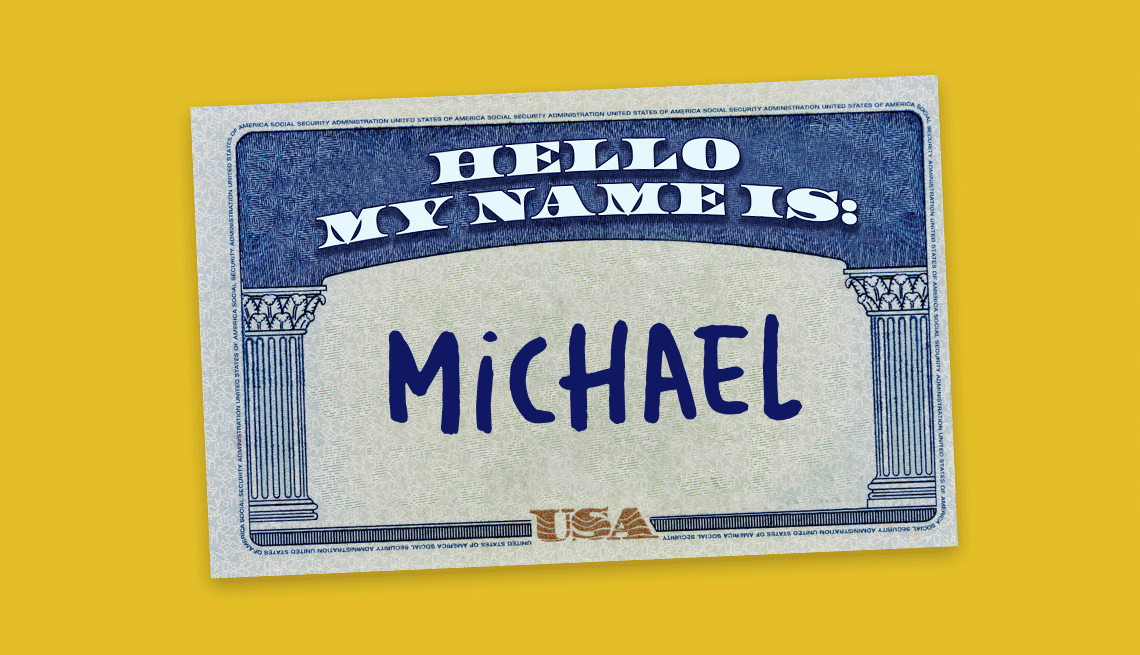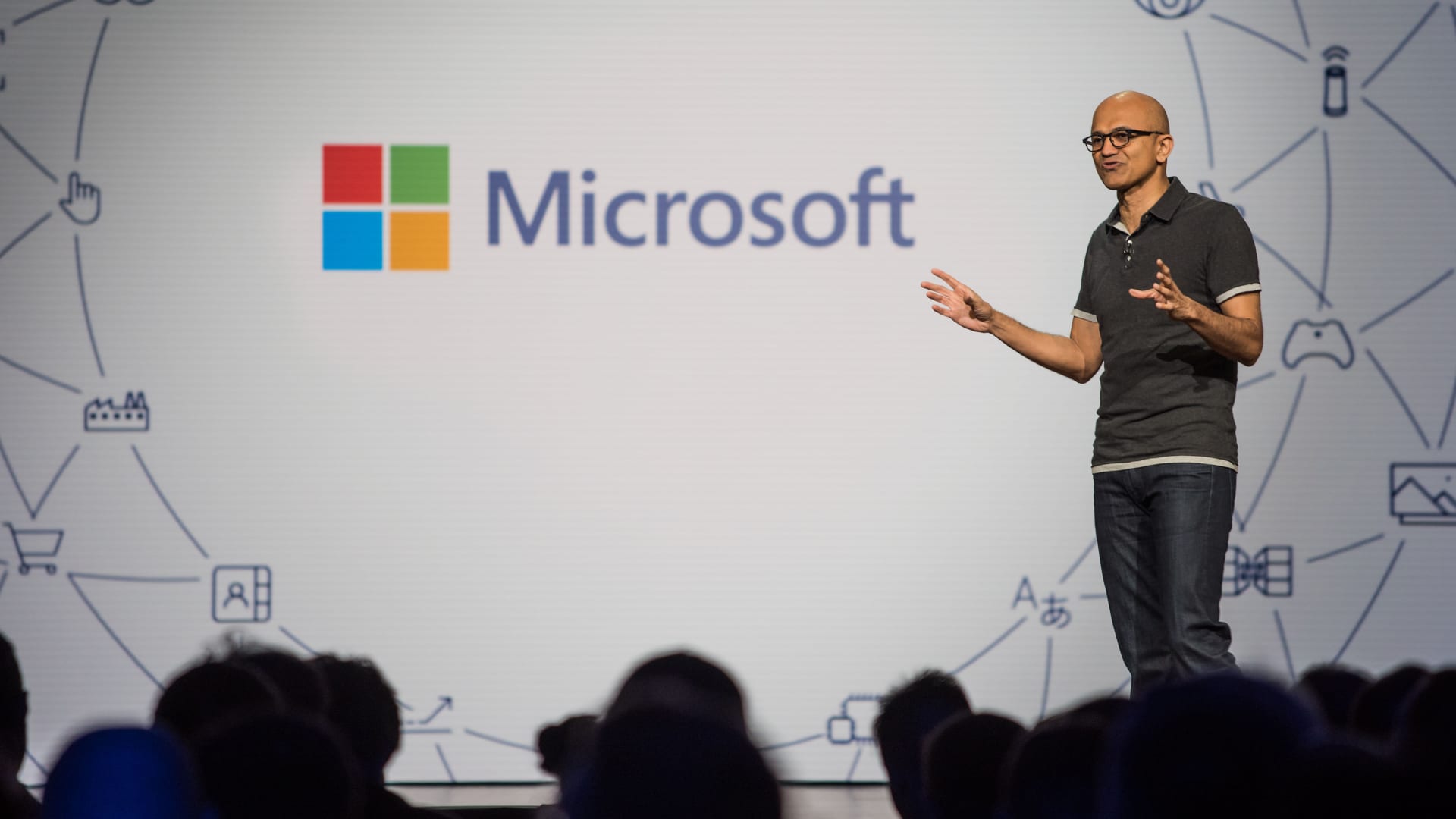
- Select a language for the TTS:
- UK English Female
- UK English Male
- US English Female
- US English Male
- Australian Female
- Australian Male
- Language selected: (auto detect) - EN
Play all audios:
“You can go back through time and see names as a kind of fossil record of culture, of what people were thinking about at that time,” Wattenberg says. WHAT HEATHER CAN TELL US The range of
names would continue to widen. In the 1980s, girls were increasingly called Ashley, Jessica, Amanda or Sarah. Michael hung in among the boys but was frequently joined by Christopher, Matthew
and Joshua. As the new millennium dawned, Jacob and Daniel entered the boys’ pantheon; among girls, the changing of the guard was even more pronounced. Of the top five girls’ names in the
2000s — Emily, Madison, Emma, Olivia and Hannah — only the first was a top 10 name in the previous decade. Jessica, the chart-topping girl’s name of the ’90s, dropped to 23rd. The trend
toward diversity has only accelerated, dizzyingly so. Liam and Olivia have been entrenched atop the lists since the late 2010s, but parents are also bringing into the world a proliferation
of Noahs, Elijahs, Amelias and Sophias, names little-heard (at least in the U.S.) a generation ago. In 2023, Luna cracked the top 10 for girls and Mateo for boys. The fastest-rising names
included Izael, Chozen, Alitzel, Emryn, Kaeli and Eiden — the latter two likely boosted by popular TikTok personalities. Fully 1 in 4 boys and 1 in 3 girls received names outside the 1,000
most common. (To an extent, that could reflect a limitation in the data: The SSA does not group names that sound the same but are spelled differently, such as Caitlin, Caitlyn, Kaitlin,
Kaitlyn, Kaitlynn, Katelyn and Katelynn.) “The typical parent, instead of seeing names as being chosen from a pool, feels a great deal of pressure to be creative and make a statement,”
Wattenberg says. “Today, no name is universally popular across the country. It’s this beautiful flowering of creativity and individuality.” YOUR NAME HERE Social Security’s name database
isn’t just for researchers and academics. It’s publicly available and easily searchable at the SSA’s baby names website. There, along with the most recent top 10, you’ll find tools to: *
Generate lists of the most popular names (up to 1,000) by year, going back to 1880. * Sort the top names by decade. * View the top names by state. * See which names gained or lost the most
traction in the previous year. * Track how your name (or any other) has ebbed and flowed over the years. Wattenberg says the SSA list has fed this phenomenon, citing as an example what she
calls the “Heather generation.” That name, an exotic rarity in the first half of the 20th century, began gaining cachet in the 1960s and exploded into a top 10 perennial through most of the
’70s and ’80s. All those parents “thought they were inventing the name,” Wattenberg says. “There was no way to tell that it was already popular, because no one was counting. Without the data
from the Social Security Administration, we just never knew.” (Now we know, and Heather’s sun has set; it tumbled down the list through the 1990s and 2000s and is no longer among even the
top 1,000 girls’ names.) Michael Green, a history professor at the University of Nevada, Las Vegas, says all that data makes Social Security’s accidental role as keeper of the lists of names
essential to historians. “Our motherlodes are archives, and this is a great archive,” Green says. “It tells us things about the people who otherwise slip through the cracks of life.”








